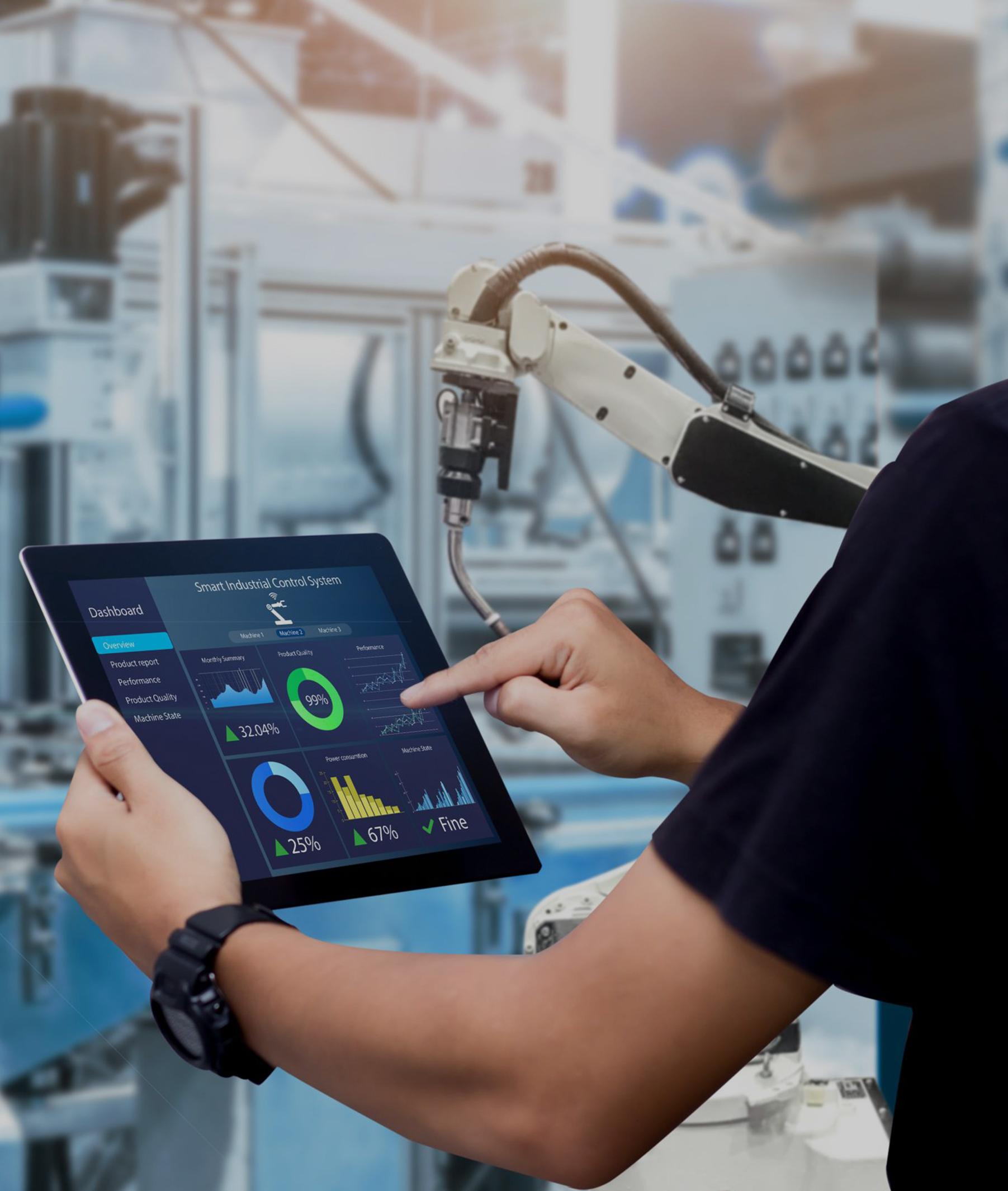
 |
Same Day Shipping for Stock Items |
|
DHL / Fedex / UPS / Aramex |
|
|
Professional one-on-one service |
|
100% brand new and original |
|
The ABB 3BHB003154R0101 is associated with IGCT (Integrated Gate-Commutated Thyristor) modules, which are advanced semiconductor devices used in high-power applications, particularly in industrial drives, power converters, and other heavy-duty electrical equipment. |
|||
Picture/Video
Get Products pictures or Video for Inspection|
Brand Name: |
ABB |
Package: |
Original Package |
|
Model Number: |
3BHB003154R0101 5SXE03-0141 |
Lead time: |
In Stock |
|
Alternate Part Number |
5SHX2645L0004 5SGX2645L0004 3BHL000389P0101 |
Shipping term: |
UPS DHL TNT EMS Fedex |
|
Condition: |
100% Original |
Payment: |
T/T |
|
Quality: |
Brand New |
Service: |
One-Stop Service |
|
Dimensions |
10.2 cm x 5.1 cm x 27.9 cm |
Weight |
0.7kg |
|
Description |
Control/Interface Board |
Warranty: |
12 Months |
|
|
|
|
|
Low Switching Losses: One of the major advantages of IGCTs is their low switching losses, which make them ideal for applications where energy efficiency is crucial.
Robust Construction: The module is built to withstand harsh industrial environments, with robust packaging that ensures long-term reliability even under demanding conditions.
Fast Switching: IGCTs offer fast switching capabilities, making them suitable for applications that require precise control over high-power circuits.
Technical Specifications:
Part Number: 3BHB003154R0101
Thyristor Models: Includes models like 5SXE03-0141, 5SHX2645L0004, and 5SGX2645L0004, which are specific thyristor devices within the IGCT module.
Gate Unit: The gate drive circuit is integrated within the module, controlling the thyristor's operation with high precision.
Voltage and Current Ratings: Designed to handle high voltage and current levels, specific ratings depend on the model but are typically in the range of several kV and kA.
Operating Temperature: Suitable for high-temperature environments, often operating reliably in temperatures up to 125°C or higher.
Packaging: The module is typically packaged in a way that facilitates easy integration into power electronics systems, with standardized connections and mounting options.
NOTE:
1. The products quoted are brand new and original with a one-year warranty
2. Prices are ex works, for shipping calculations, Please send to my Email
3. Cooperation with the express delivery of DHL / Fedex / UPS / Aramex, etc,Delivery time is approximately '' 5 days '' from our warehouse to the destination country
4. Quotation validity: 30 days, if you need to extend, please reconfirm the price after 30 days.
5. Payment Term: 100% advance payment by bank transfer.
6. For the products '' in stock '' in the offer, our company can support video inspection
|
DSQC 352A PROFIBUS CARD |
RDO86-16L Relay Unit |
|
YXU169B Control Board |
3BHE014185R0002 UUD148AE02 Current Transducer Control Board |
|
OS30AJ12 General Purpose Switch |
3BSE003697R0108 PC BOARD |
|
3BHT300065R0001 PS-25 Control Unit |
07DC91 GJR5251400R0202 Advant Controller 31 I/O Unit |
|
CP502 1SBP260190R1001-A Industrial Control Panel |
ASDI-03 3HNA010255-001 TOP ASSEMBLY |
|
1MRK002247-AHR05 Drive Control Board |
HP-HP/AA-7676-91-0050 Cable |
|
NINT44 NINT 44 Circuit Board |
07SS91C2 1SAY130110R0100 Circuit board |
|
3BHB005243R0105 KUC755 AE105 Gate Unit Power Supply |
TC520 3BSE001449R1 System Status Collector |
|
3BHE012049R0101 UFD128A101 Optical Module |
DSTS103 DSTS 103 Trigger Pulse Amplifier |
|
1MRK000508-CDR03 1MRK000007-7 PCB CARD |
MDO32BNS 32-Channel Digital Output Module |
|
ZT372 A-E GJR2237800R1 procontrol module |
PSU-0261-12A 3KXG758003U0400 Power Module |
|
AI620 3BHT300005R1 Analog Input 16Ch Module |
GM10032582-KIT 101935-217 Interface Module |
|
CM30/100S0E0/STD ControlMaster CM30 Controller |
GJR2370500R2 Advant Controller 31 Control Board |
|
CM588-CN-XC 1SAP372800R0001 Communication module |
AI845-EA 3BSE023675R2 Analog Input S/R HART 8 ch |
|
DSTF620 HESN119033P1 Process Connector |
07CT41 1SBP260022R1001 Central Unit - Transistor Output |
|
DSAX452 Basic Unit - Analog I/O |
MEM86-3*192 R3R1R3 Memory Board |
|
07MK92 GJR5253300R3161 Communication Processor |
SA801F 3BDH000011R1 Field Controller 800 Power Supply |
NOTE: Moore Automation sells new and surplus products and develops channels to purchase such products. This site is not approved or endorsed by any of the listed manufacturers or trademarks.Moore Automation is not an authorized distributor, dealer or representative of the products displayed on this site.All product names, trademarks, brands and logos used on this site are the property of their respective owners.The description, illustration or sale of products under these names, trademarks, brands and logos is for identification purposes only and is not intended to indicate any affiliation with or authorization by any rights holder.
Our hours